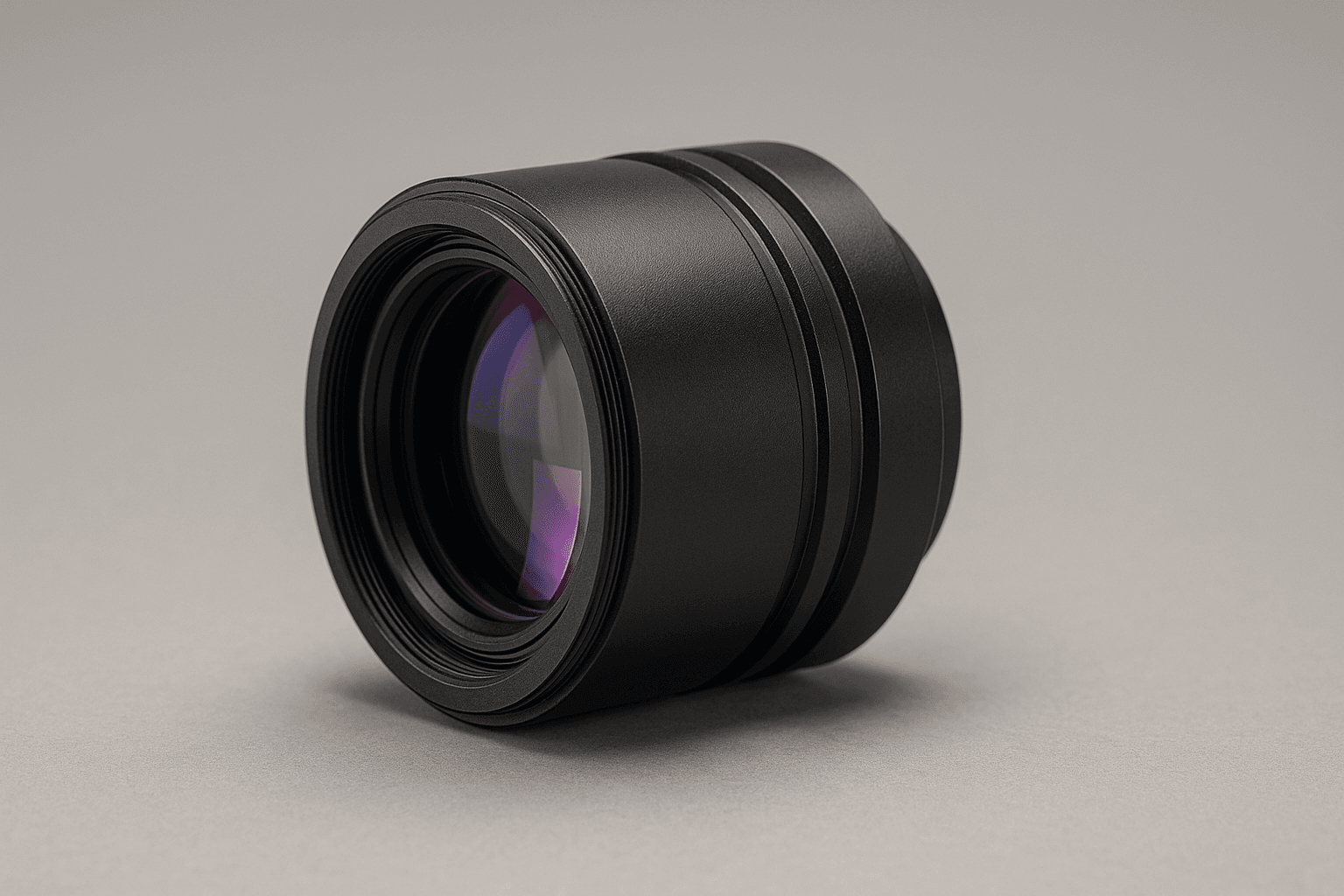Coloring Stainless Steel with a Fiber Laser: Myth, Method and Mastery
GK
Why MOPA lasers and LightBurn precision make all the difference in stainless steel color marking.
Coloring stainless steel with a fiber laser is one of the most sought-after—and misunderstood—techniques in the laser engraving industry. If you've tried it and failed, you're not alone. While stunning color results are possible, they demand more than just a good machine. You’ll need the right laser (MOPA), the correct lens, deep LightBurn knowledge, and above all—patience.
🔧 You Need a MOPA Fiber Laser (Not Just Any Fiber)
Most fiber lasers used for engraving are Q-switched. These are great for black marking or deep engraving but lack the pulse control needed for color.
MOPA (Master Oscillator Power Amplifier) lasers allow you to change pulse width and frequency, which directly affects how stainless steel reacts during marking. Adjusting these parameters lets you create thin oxide layers that refract light—producing visible color without any dyes or pigments.
✅ Bottom line: No MOPA = No color control with Fiber!
Click to see a MOPA and Fiber Laser Video

🔍 The Lens Makes a Difference
Many users overlook the lens—but when you’re trying to color stainless, energy density is king.
Use a 110mm or 160mm lens to concentrate the beam and deliver more power per square millimeter.
A 300mm lens might offer more working area, but you’ll sacrifice the beam intensity needed to create color.
✅ Pro tip: Smaller field, stronger beam, better results.
⚙️ LightBurn Settings: A Technical Starting Point
Color marking isn’t just art—it’s controlled physics. These starting parameters can help you dial in your LightBurn settings:
Speed: 100–300 mm/s
Power: 20–50% (varies by wattage and lens)
Frequency: 30–60 kHz
Pulse Width: 100–200 ns
Line Interval (Hatch): 0.02–0.04 mm
These values are guidelines, not rules. Different grades of stainless (304, 316, etc.) will react differently.
🎨 What Colors Can You Achieve?
Expect the most vivid and consistent results in these ranges:
Blue and Purple – Most reliable
Gold and Bronze – Moderate difficulty
Red and Green – Challenging and often unstable
These aren’t surface coatings—they’re optical effects from precise oxidation layers.
🧪 Why It’s So Tricky (and How to Improve)
Getting consistent results is where most laser users give up. Here's why:
Surface prep matters. Cleanliness is everything.
Even 1mm focus shift ruins results. Use a height gauge or laser focus tool.
Air quality can affect color. Try running tests in low-humidity environments.
Material consistency matters. Use the same alloy and supplier for your test batches.
✅ Use LightBurn’s array feature to create test swatches—incrementally changing frequency and pulse width across a grid.
📝 Final Thoughts: Is It Worth It?
If you're in production mode or running batch jobs—maybe not. But if you're creating one-off art pieces, jewelry, custom knives, or logo-enhanced metal gifts, the color wow-factor is unbeatable.
Yes, it takes practice. Yes, it will frustrate you. But once you master it, you’ll stand apart from every black-and-white shop down the block.
If you are really planning on doing this, maybe talk to the manufacture of the laser and ask for suggested setting and really discuss the ease of coloring with their laser. If they caution you with information like contain in this article , they maybe a company I would consider doing business with. My experiece with colors is spotty but I am still working on it as I know it can be done.
Soon I will post a blog and short video about open form and closed form Fiber and UV lasers and how industry looks at two formats.
Disclosure: I own and use a HoaTian 60 Watt, MOPA Fiber Laser. I am not an affilate nor do I have any relationship with HoaTian. (at the time I wrote this article) There are multiple galvo laser manufactures. I say trust but verify all information before you make a purchase. My opinion, verifying information must be done to get the right tool for the job.